For your home to be cleaned completely automatically, robot vacuums need to solve one big problem: getting up and down the stairs. While today's robot vacuums are experts at cleaning a single floor on their own, the ability to move between stories is the next big step for the technology.
Let's look at where this new technology stands. We will explain how today's robot vacuums keep themselves safe in homes with stairs, and show you the best ways you can get your multi-story home cleaned right now.

Can You Buy a Stair-Climbing Robot Vacuum Today?
Right now, you can't buy a robot vacuum that can climb a full flight of stairs. It's a difficult problem that engineers are working hard to solve in their labs.
The good news is that we've already seen early models. At the IFA 2025 tech show in Berlin, the first of these concepts was demonstrated to the public. Because of this, many experts believe the first robot vacuums that can climb stairs will be available to buy around 2026. This future ability to climb is a huge jump in technology compared to how even the best robots vacuum today get over small bumps and rugs.
How a Future Robot Vacuum Will Climb Stairs
Robot vacuums can climb stairs in a few fundamentally different ways, each with its own trade-offs. Modular, two-part systems, where a standard vacuum robot docks with a specialized, stair-climbing platform, take the lead.
- Caterpillar-track platforms: The Dreame Cyber X follows this concept. Think of this as a mini construction vehicle. The vacuum rides on a docking platform with large treads that grip the stairs. At the bottom, the treads stay flat so the robot vacuum can roll into place. Then the front treads lift, "feel" the first step, tilt the unit, and pull it smoothly onto the next level. The process repeats step by step, with no extra hardware needed on your stairs. It looks dramatic but works surprisingly fluidly.
- Scissor-lift legs: This design, seen in MOVA Zeus 60 demos, uses a platform with compact lifting legs that raise the robot vacuum up, slide the front wheels onto the next step, then pull the rest of the body along. It's slower than tracks, but very stable. Some demo units have even tackled curved or spiral staircases, handling step heights up to about 10 inches (25 cm).
Beyond these, early concepts include tracked robot vacuums with flippers or bogie suspensions (robust but bulky and loud), tri-star wheel clusters that "step" over risers (simple but vibey on flat floors), and wheel-leg ("wheg") hybrids that roll like wheels yet act like short legs for climbs (promising, still maturing).
In short, stairs are solvable, but every approach balances speed, stability, noise, cost, and home friendliness.
How Your Robot Vacuum Avoids Falling Down Stairs
While engineers work on the complex problem of climbing up, the issue of falling down the stairs was solved years ago. You can be sure your robot vacuum is safe to approach a staircase because of its built-in cliff sensors.
These sensors work by sending out an invisible light beam towards the floor. Science is simple:
- On solid ground, the light bounces off the floor and back to the vacuum robot's sensor.
- At the edge of a stair, the light beam goes into the empty space and doesn't bounce back.
When the light doesn't bounce back, it instantly tells the robot vacuum to stop and turn around. This simple and reliable system ensures your robot vacuum can detect stairs and will never fall.

How Today's Robot Vacuums Get Over Bumps and Thresholds
Beyond the major challenge of stairs, your robot vacuum also has to deal with everyday bumps on the floor. To keep it from getting stuck on things like the strips between rooms or the edges of thick rugs, the best robot vacuums have advanced mobility systems.
For example, the Dreame X50 Ultra uses the ProLeap System. This smart system uses little motorized retractable legs to physically lift the vacuum's body up and over obstacles. This system helps you in a few key ways:
- Robot vacuums clean without stopping, easily crossing bumps up to a couple of inches high so it can move freely between rooms.
- You get a more complete clean because the robot vacuum can reach every part of a room, instead of being blocked by a high doorway.
- You don't have to babysit it, so you can schedule a cleaning and trust that the robot vacuum will finish the job without your help.
How to Clean a Multi-Story Home Today
That ability to handle thresholds is a key part of the complete cleaning solutions you can use for your multi-level home today. Here are two practical guides for the best options available right now.
Option 1: Use Multi-Floor Mapping with One Robot Vacuum
This is a smart and affordable way to clean your whole house with a single device. Here's how you can set it up:
- Step 1: Map Your First Floor. Place the robot vacuum on its dock on your main floor. Clear away small items like shoes or cables, open all the doors, and start the initial mapping run from the app. The robot vacuum will use its lasers to create an accurate map.
- Step 2: Save the Map. Once the mapping is done, you can name the map in your app (e.g., "Downstairs").
- Step 3: Map Your Second Floor. Carry the robot vacuum (without its dock) to your second floor. Place it in a central spot and start a new cleaning cycle. The robot vacuum will recognize it's in a new place and create a second map.
- Step 4: Save the Second Map. When it's finished, save and name this map (e.g., "Upstairs").
- Step 5: Clean Any Floor, Any Time. Now, you can simply carry the vacuum robot to the floor you want cleaned. It will automatically recognize where it is, use the correct map, and start cleaning.
Option 2: Use a Separate Robot Vacuum for Each Floor
This method is for those who want the easiest, most hands-off cleaning experience.
- Step 1: Pick a Home for Each Dock. Find a good spot on each floor for the robot vacuum's charging dock, preferably with good Wi-Fi coverage.
- Step 2: Set Up Each Robot Vacuum. Treat each robot vacuum like it's in a separate home. Have each one create a map for its designated floor.
- Step 3: Create Unique Schedules. In the app, you can give each robot vacuum its own cleaning schedule. You could have the "Upstairs" vacuum clean on Mondays and Fridays, and the "Downstairs" vacuum clean on Tuesdays and Saturdays.
- Step 4: Enjoy Full Automation. That's it. Your entire home will now be cleaned automatically on a regular schedule, with no need for you to ever move a robot vacuum again.

Frequently Asked Questions
Will stair-climbing robot vacuums be able to clean the stairs?
No. The main goal of this new technology is to let the robot vacuum travel between floors. It is not designed to clean the narrow steps of the stairs. A handheld vacuum is still the best tool for cleaning the stairs themselves.
How high a bump can a normal robot vacuum get over?
Most standard robot vacuums can clear bumps that are about half an inch to three-quarters of an inch (~1.3-1.9 cm) high. Robot vacuums with special features like the ProLeap System can handle much higher bumps, often over 2 inches (~5 cm).
Do I need Wi-Fi for multi-floor mapping?
You need Wi-Fi to create and save the maps for the first time. After a map is saved in the robot vacuum's memory, it can clean that floor without being connected to Wi-Fi.
Will stair-climbing robot vacuums be very expensive?
Like most brand-new technology, the first models that can climb stairs will likely cost more. As the technology gets better and more common, the prices should come down over time.
How do I get a floor ready for the robot vacuum to map it?
To get the best map, you should pick up things like shoes, toys, and cables off the floor. Open the doors to all the rooms you want the vacuum to clean. A clear space helps the robot vacuum's laser sensor create a perfect and efficient map.
Conclusion
The invention of a stair-climbing robot vacuum would be a huge step forward for home cleaning. While that technology is being perfected, you can use the great robot vacuums and mops we have now. Smart navigation, the ability to cross thresholds, and multi-floor mapping can give you a clean home on every level.














































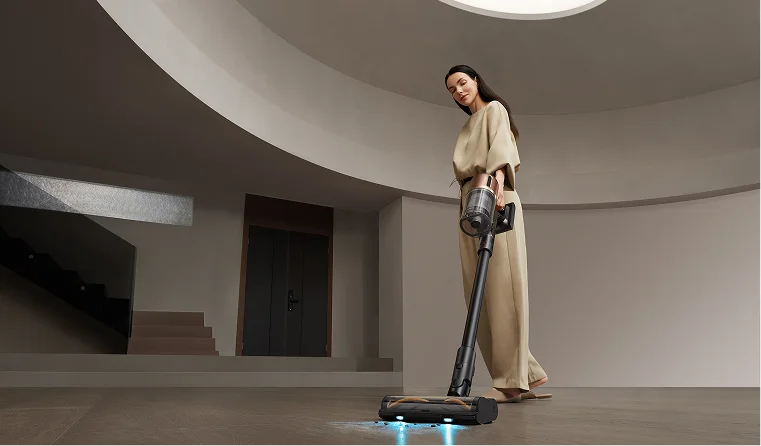
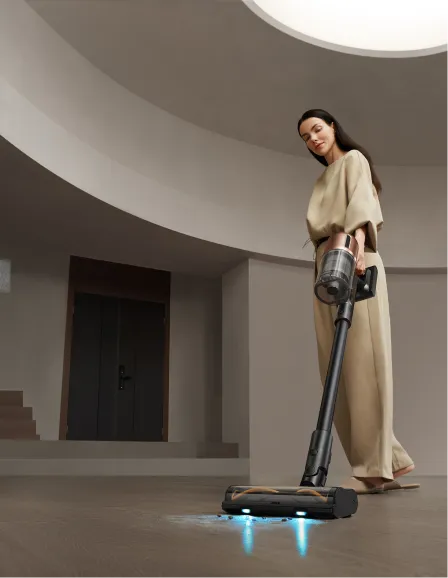
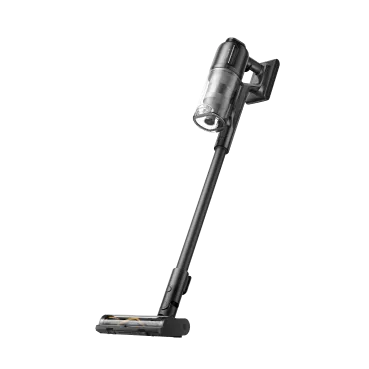
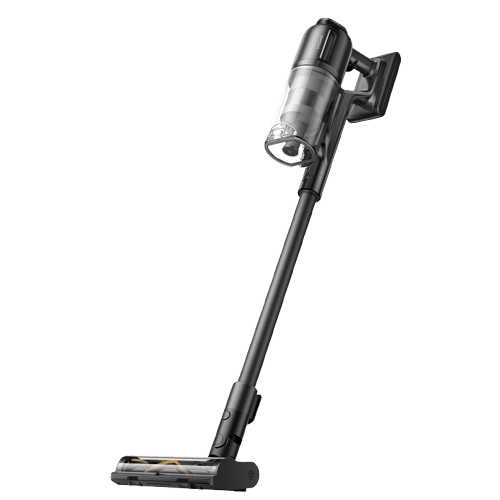
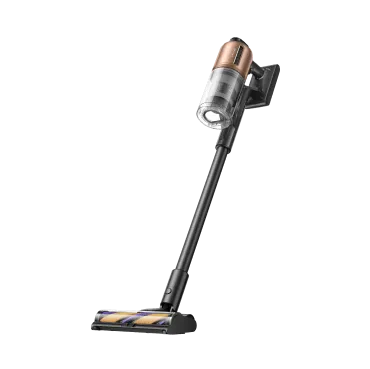
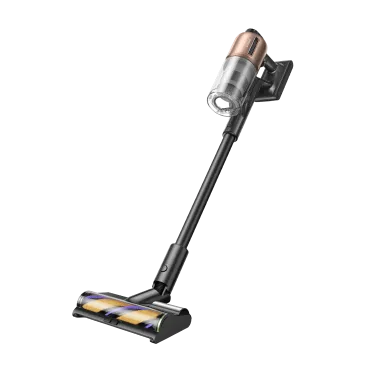
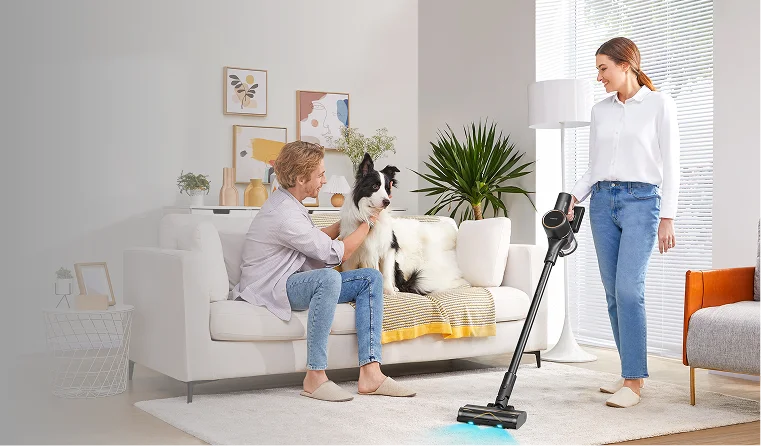
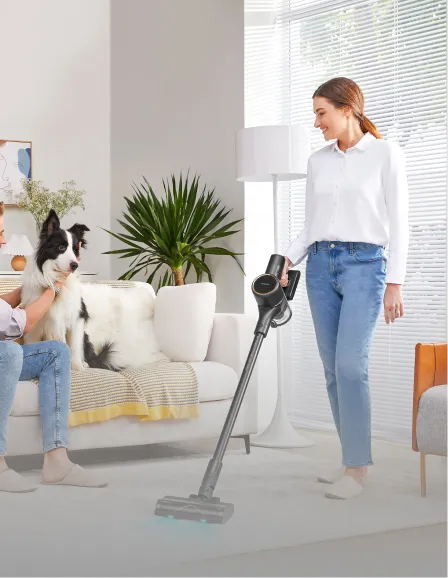
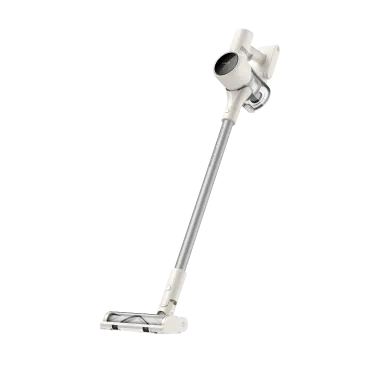
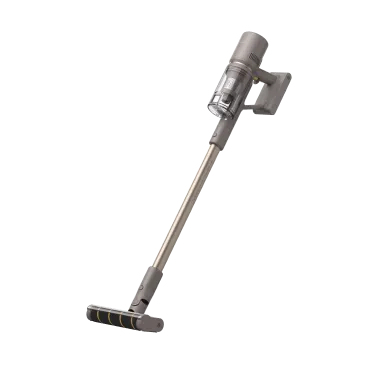
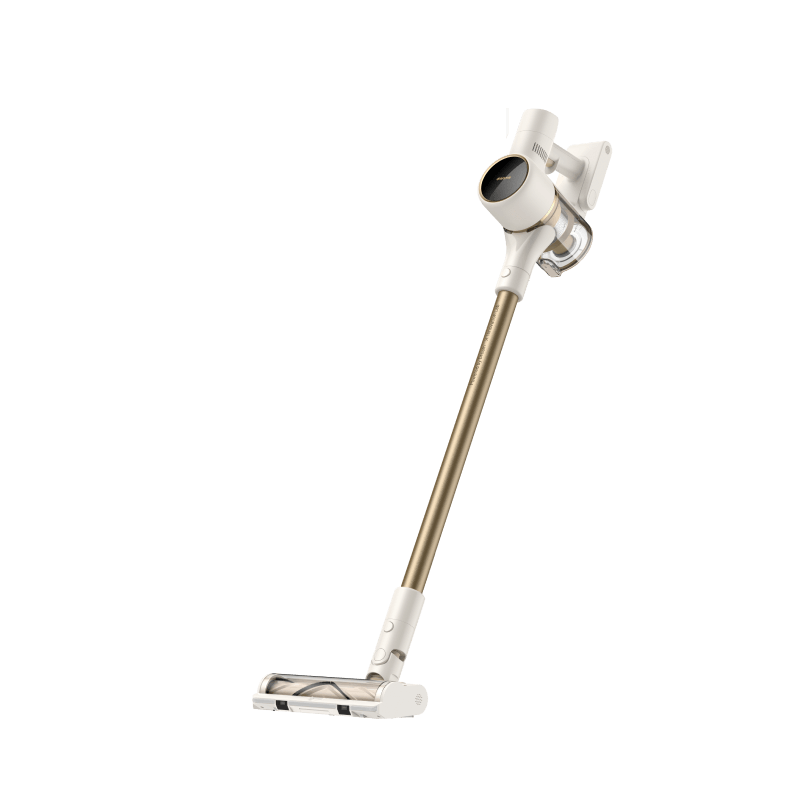
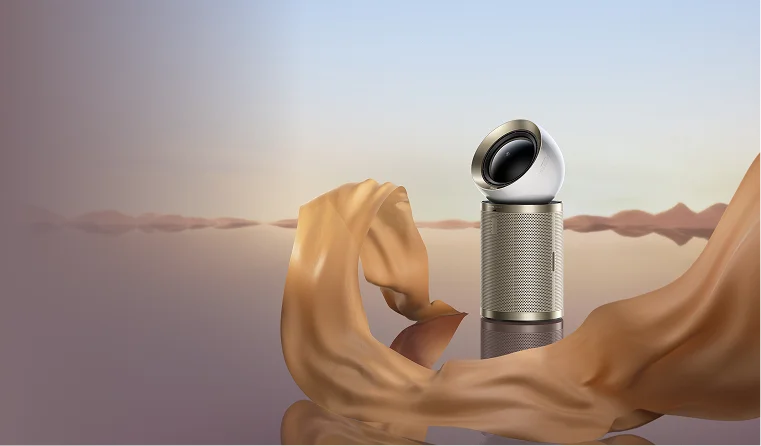
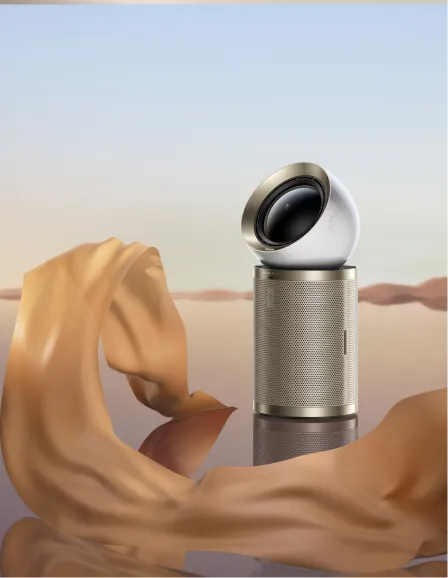

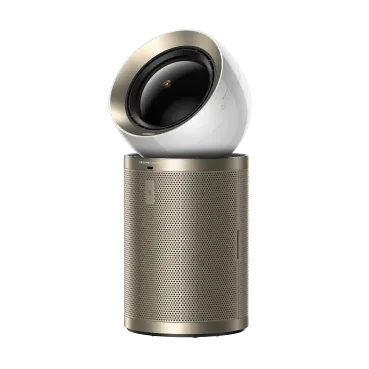

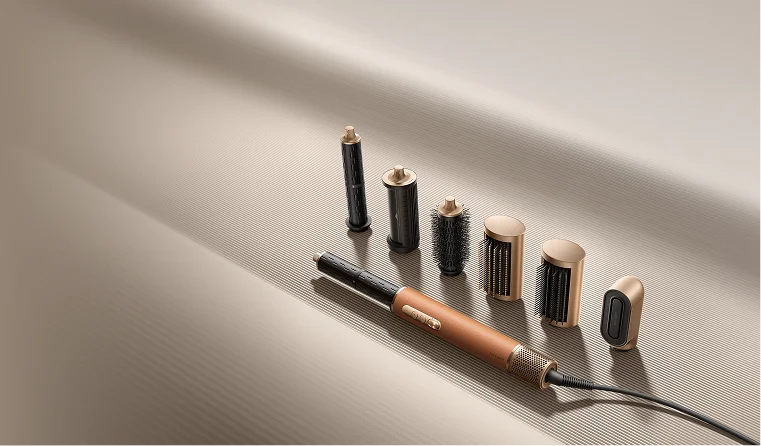
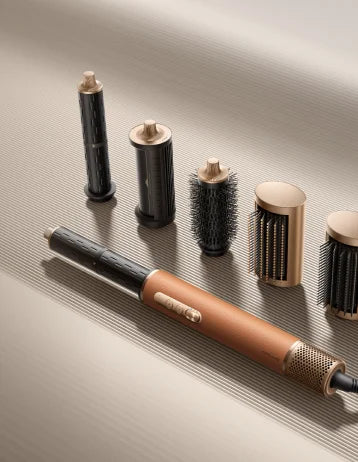
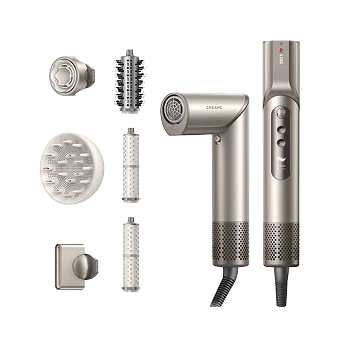


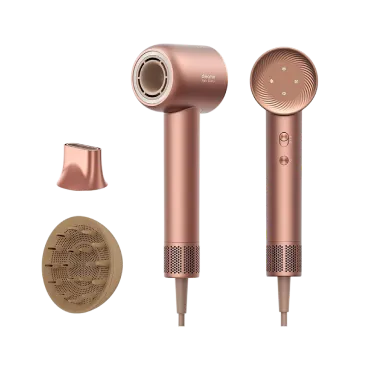
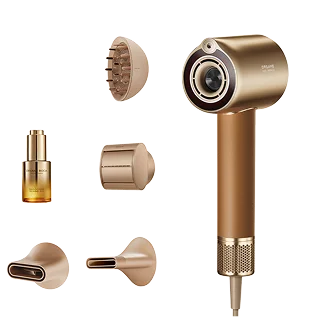
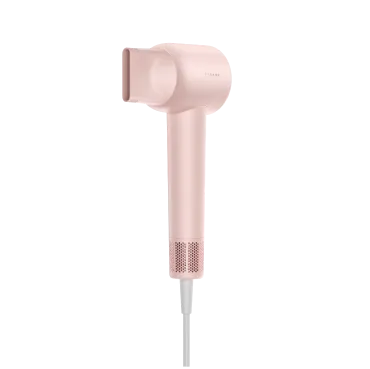


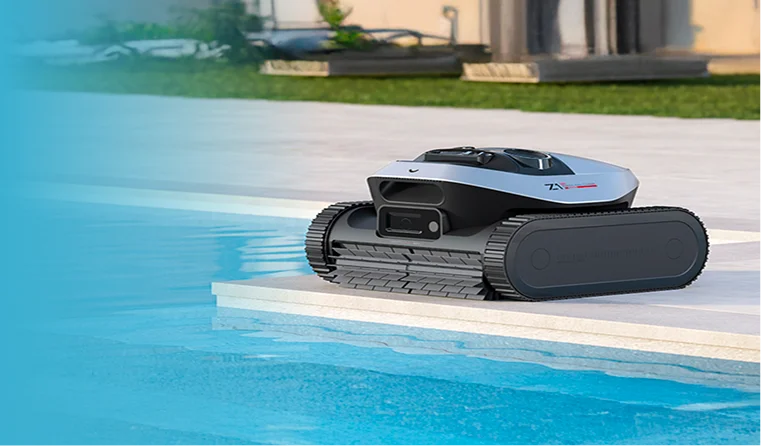
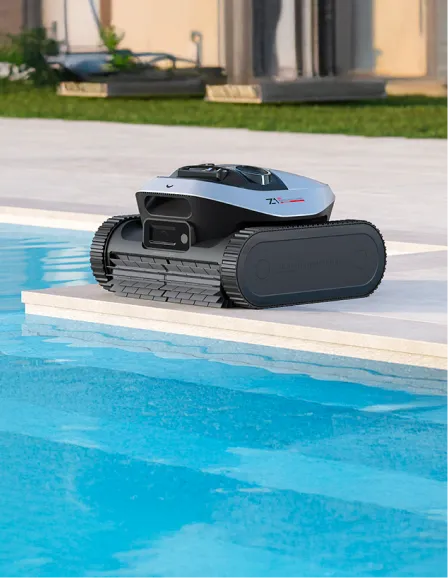
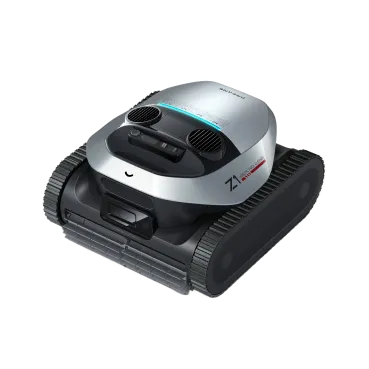
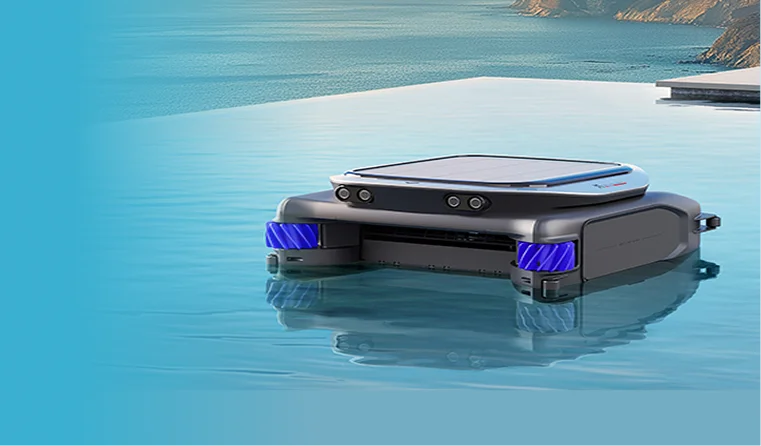
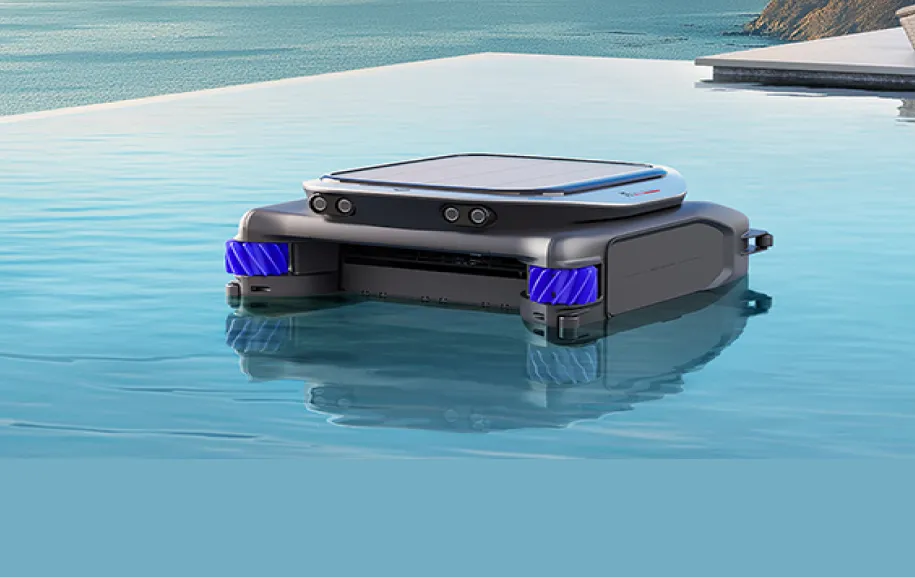










 Australia
Australia 中国大陆
中国大陆 日本
日本


 Türkiye
Türkiye


 Italia
Italia
 Netherlands
Netherlands Belgium
Belgium
 Greece
Greece Polska
Polska
 Norway
Norway
 Sweden
Sweden
 Finland
Finland
 Denmark
Denmark
 Hungary
Hungary Czechia
Czechia
 Slovenia
Slovenia
 Croatia
Croatia
 Switzerland
Switzerland United Kingdom
United Kingdom
 Canada
Canada


